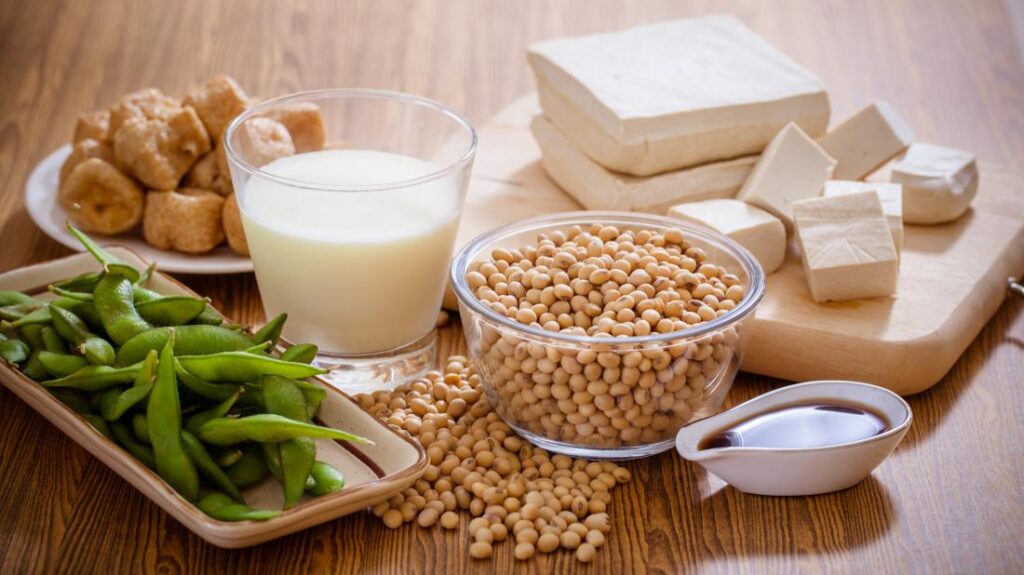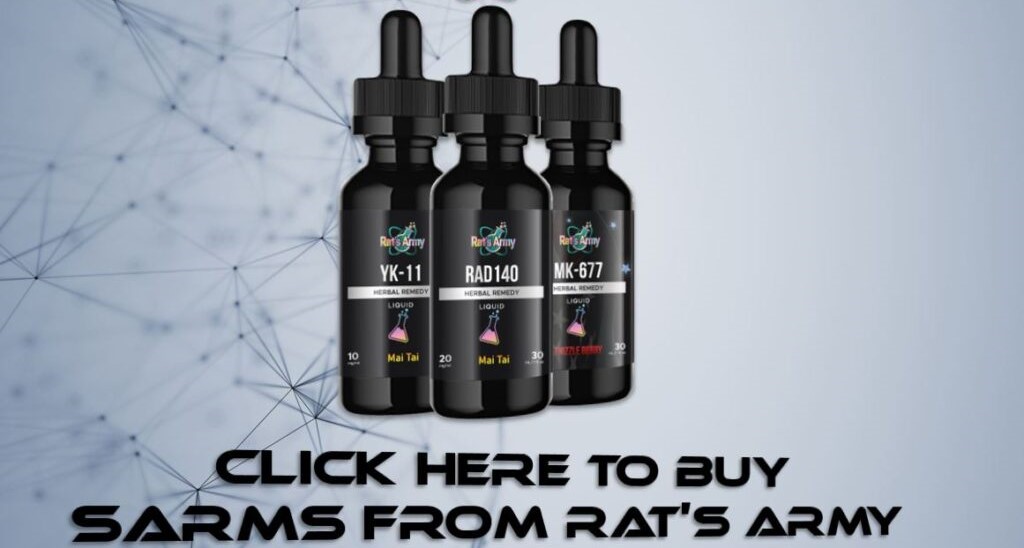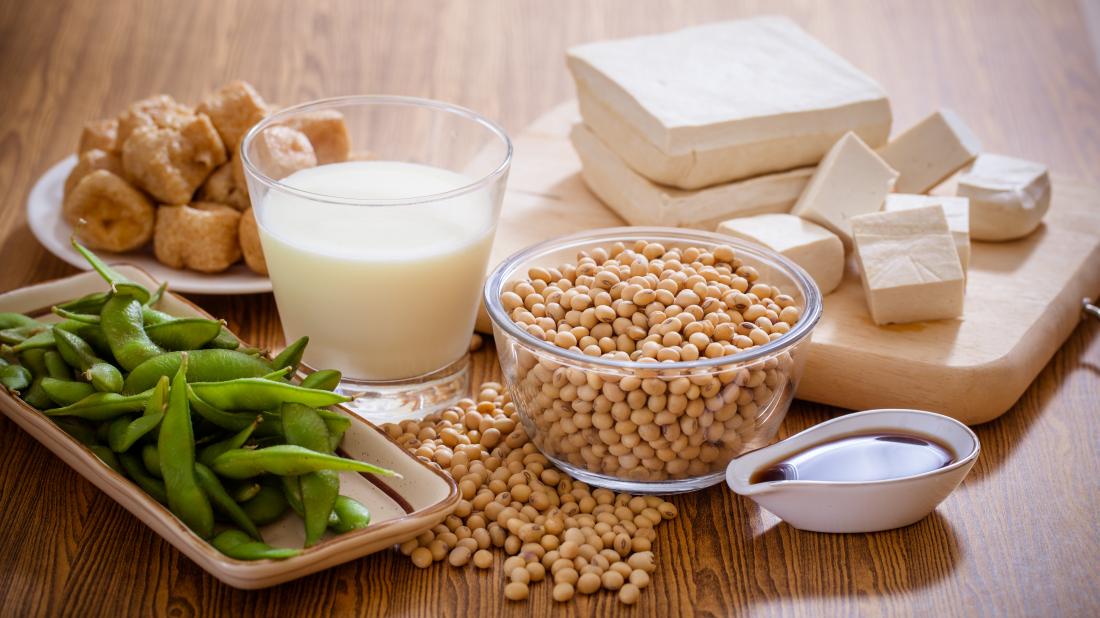You may have heard of phytoestrogens, but what are they? Why are they bad news? Where are they found? How can they be avoided?
We will tackle the above and more in this article.
Preface

As part of our long-running series on testosterone, the master male hormone, we’ve been looking at this crucial, but often maligned, natural chemical from a variety of different angles. As well as helping you understand what it is and what it does, we’ve been explaining why testosterone levels across the developed world have taken a nose-dive – and what you can do about it. Many of these articles are gathered together in our aesthetic new ebook on Testosterone, which you can download for free from Gumroad.
An important part of the problem of declining testosterone levels is an insidious chemical assault on our bodies by xenoestrogens, ubiquitous industrial chemicals that mimic the effects of estrogen in the human body. Here we’ll give you the lowdown on another class of substance that mimics the effects of estrogen in the human body, phytoestrogens or plant-derived estrogenic chemicals.
On Phytoestrogens
In recent weeks, we’ve devoted a lot of time to discussing the estrogenic substances that are waging an all-out war on the bodies of modern men. Although we’ve already written an article on xenoestrogens, and examined individual examples of phytoestrogenic substances – soy and hopped beer especially – we’ve not yet written an article on phytoestrogens. Well, here it is: everything you need to know about phytoestrogens.
Why Testosterone Matters
Download our aesthetic FREE ebook on testosterone now from Gumroad
Testosterone is the hormone most associated with masculinity, and although it’s also important to women’s bodies and their health, the increased levels of testosterone in the male body are responsible for the host of traits that make men men, rather than women.
Body hair, muscle mass, bone density, strength, aggression, dominance and competitiveness – increases in all of these things are associated with increased testosterone in men.
Falling testosterone levels are a fact of life for all men as they age. After the age of 30, a man can expect to lose 1% of his testosterone every year for the rest of his life.
But the natural reduction all men can expect to suffer pales in comparison with the society-wide collapse in testosterone levels that has occurred over the second half of the twentieth and the first quarter of the twenty-first century.
Men today have considerably less testosterone than men of the same age even a single generation ago.
A 2007 study in the Journal of Clinical Endocrinology and Metabolism showed a significant reduction in the testosterone levels of men since the 1980s. A 60-year-old American man in 2004, for example, had 17% less testosterone than a 60-year-old American man in 1987.
These findings were corroborated in a study of Danish men, who displayed a two-digit decline between the 1920s and the 1960s.
Apart from taking a blood test to establish whether you have low T, there are various symptoms you’ll experience if you have low T.
The main symptoms include:
- Reduced libido
- Erectile dysfunction
- Fertility problems (inability to conceive)
- Fatigue
Boys with low testosterone may develop slower, with little or no body hair, under-developed muscles and smaller penises; and men with low T will have difficulty building muscle, no matter how hard they try.
In extreme cases of low testosterone, usually referred to as hypogonadism, men may also develop breast tissue (gynecomastia) and osteoporosis (reduced bone density).
Hypogonadism has a variety of causes, which include:
- Certain genetic disorders
- HIV
- Pituitary disorders, including pituitary tumours and injuries
- Inflammatory diseases
- Obesity and also rapid weight loss
- Nutritional deficiencies
- Steroid use
Obesity, in particular, is an increasingly common cause of hypogonadism.
For more information on how you can determine whether you have low testosterone, you can check out our article on the subject.
Phytoestrogens: what they are and what they do
The dreaded beer belly: blame it on the calories and the estrogenic effects of hops, which have been used to preserve beer for half a millennium
Quite simply, phytoestrogens are chemicals that are produced by plants and mimic the effects of the hormone estrogen in the body, in exactly the same manner as xenoestrogens, which are artificial chemicals produced through industrial processes.
Because of their estrogenic properties, plants and herbs containing phytoestrogens have been used to treat women’s problems, especially the menopause, which results from a drastic decline in estrogen production in an older woman’s body.
Take hops, for instance. Hops are a traditional remedy for many of the symptoms of the menopause such as hot flushes, night sweats, mood swings and vaginal dryness. In fact, the phytoestrogens in hops are so powerful that there are many anecdotal reports of female hop-pickers experiencing menstrual disturbances simply on account of touching the plant.
Like the dinosaurs in Jurassic Park, this gentleman soon changed gender after touching these hops
If that’s the case, you can well imagine the effects phytoestrogens might have on the hormonal balance of men. At least studies two – here and here – have shown that consumption of hopped beers lowers men’s testosterone.
One phytoestrogen in hops, 8-prenylnaringenin, has been shown to have an estrogenic activity ‘greater than other established plant estrogens,’ through tests on cells from rat uteruses. [R] The study of 8-prenylnaringenin states that although this phytoestrogen can be detected in beer, ‘the levels are low and should not be any cause for concern.’
However, more recent research has shown that levels of this chemical can be massively amplified within the body by the body’s own gut flora. Another phytoestrogen in hops, isoxanthohumol, can be converted into 8-prenylnaringenin at up to a 90% rate, as one study showed. [R] This may be one reason why 8-prenylnaringenin can be detected in the urine of beer drinkers for days afterwards: because the body’s gut flora is still continuing to produce it. [R]
More detailed research needs to be done on the hormonal effects of long-term consumption of hopped alcoholic drinks, but the already-existing evidence, including what we know about the estrogenic effects of hops per se, is clear enough that you should give hopped beer a wide berth if you can. It’s worth noting, though, that excessive alcohol consumption in any form has been linked to lower testosterone levels too. At least two studies have shown testosterone decreases in men as a result of alcohol consumption per se [R][R].
Soyjak drinking his favourite brand of soy milk
Whenever the subject of phytoestrogens is brought up, soy is sure to be mentioned, and with good reason. Just look at our friend Soyjak above, guzzling his favourite brand of soy milk. Scientific research has shown that regular consumption of soy products like edamame, tofu, soy milk and miso may lower testosterone levels, as we’d expect would be the case with a known phytoestrogen.
For example, one study in 35 men found that drinking soy protein isolate for 54 days resulted in lower testosterone levels [R]. As well as lowering testosterone levels, soy consumption has also been found to reduce male fertility [R].
Yesterday, we talked about a shocking study from 2004 that showed that feeding monkeys a diet high in soy isoflavones turned them into aggressive loners.
The shocking study which showed massive negative changes to primate behaviour as a result of long-term soy consumption
The study took place over a period of 15 months, and involved feeding different diets to groups of adult male macaques living in nine stable social groups. The diets differed only in terms of the protein source the monkeys received: casein and lactalbumin (no isoflavones), soy protein isolate containing 0.94 mg isoflavones/g protein, and soy protein isolate containing 1.88 mg isoflavones/g protein.
‘In the monkeys fed the higher amount of isoflavones, frequencies of intense aggressive (67% higher) and submissive (203% higher) behavior were elevated relative to monkeys fed the control diet (P‘s < 0.05). In addition, the proportion of time spent by these monkeys in physical contact with other monkeys was reduced by 68%, time spent in proximity to other monkeys was reduced 50%, and time spent alone was increased 30% (P‘s < 0.02).’
This led the authors to conclude that ‘long-term consumption of a diet rich in soy isoflavones can have marked influences on patterns of aggressive and social behavior.’
These effects were almost certainly due to the effects of the soy phytoestrogens on the process of androgen aromatisation, a process which the authors of the study note plays an important role in governing aggressive behaviour. Interestingly enough, a new study on soybean oil, which does not contain phytoestrogenic isoflavones, showed similarly dire mental effects, as well as negative physical effects, when administered to mice. Either way, whether you consume the phytoestrogenic isoflavones or just the oil, it looks like soy is bad news – full stop.
If you’re interested in learning which foods do and don’t contain phytoestrogens, try consulting this list.
Try our amazing dieting and nutrition Bible, Dieting Done Right, available now from our Gumroad store.
We also offer Dieting Done Right as part of our Ultimate Nutrition Bundle, together with an amazing ketogenic diet primer and book of delicious recipes.

Don’t hesitate to email us at [email protected] for personalized coaching and a client questionnaire if you’d like DEDICATED tailor-made personal training on strength training, building muscle, losing fat, developing athleticism, and more — all to your liking, lifestyle, habits, and taste!
Otherwise, don’t forget to claim your FREE eBook detailing how to lose 20lb of fat while building muscle in 12 weeks! You can claim it here.
Alternatively, you can pick up a FREE eBook on fundamental strength principles offering an introductory workout program.













